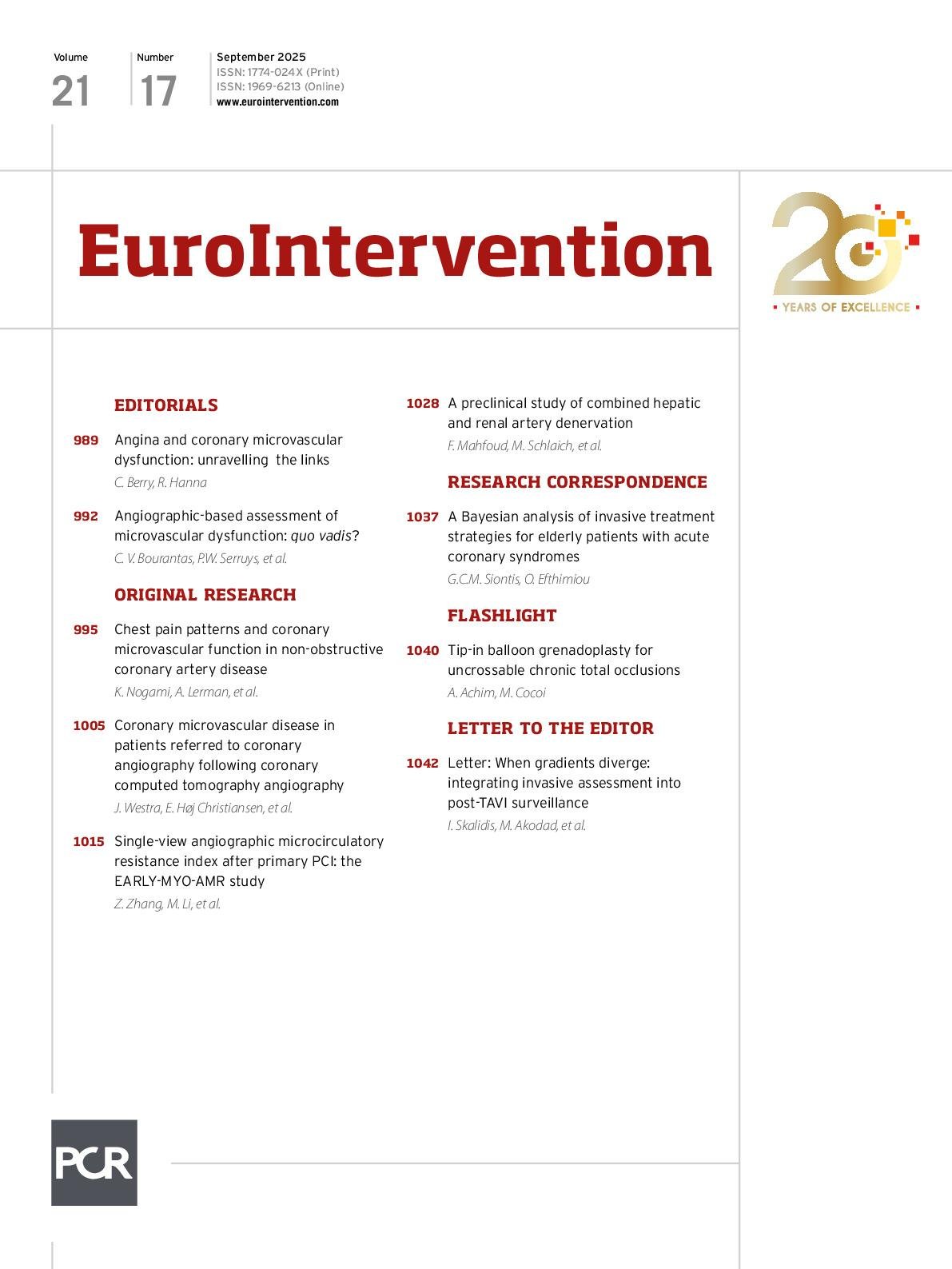Over recent years there has been a revolution in the applications of coronary angiography in the assessment of coronary artery pathology. Computerised methodologies have been introduced that are able to process coronary artery models reconstructed from angiographic images and accurately evaluate lesion haemodynamic severity, plaque deformability, and peripheral vascular resistance. Despite the inherent limitations of angiography to quantify lumen dimensions and measure coronary flow, cumulative evidence supports the validity of this concept. Methodologies developed to compute the fractional flow reserve (FFR) are now indicated by European guidelines in treatment planning: radial wall strain, which measures the changes in lumen dimensions during the cardiac cycle in order to assess the mechanical properties of plaque, has been found able to detect vulnerable lesions1, while solutions that were proposed to measure microvascular resistance from coronary angiography (Figure 1) seem able to provide useful prognostic information and predict microvascular obstruction (MVO) and infarct size post-revascularisation in patients with an acute coronary syndrome234.
In this issue of EuroIntervention, Zhang et al examined for the first time the efficacy of the...
Sign up for free!
Join us for free and access thousands of articles from EuroIntervention, as well as presentations, videos, cases from PCRonline.com

